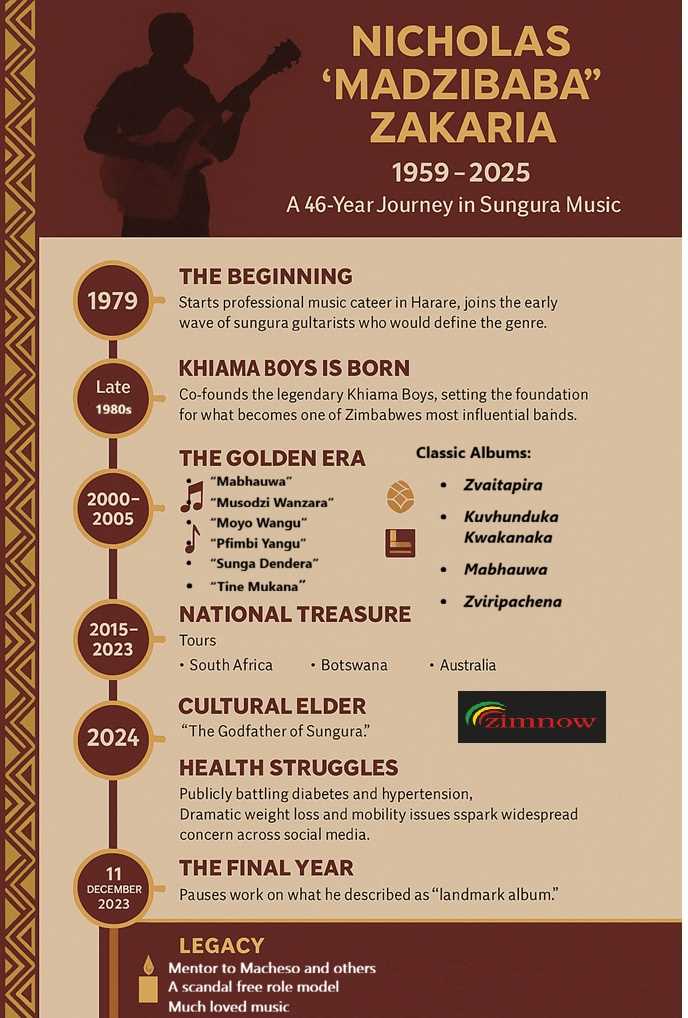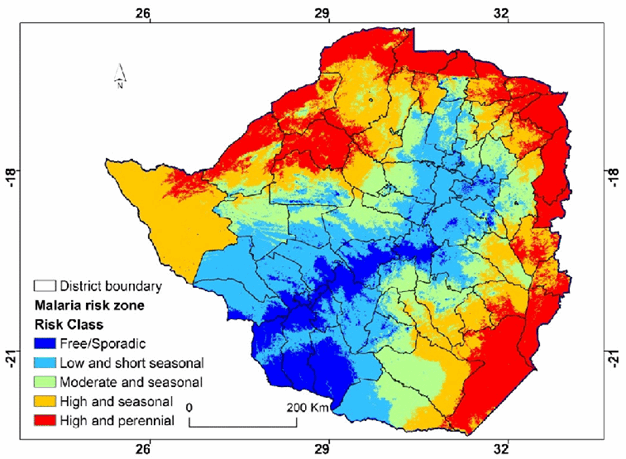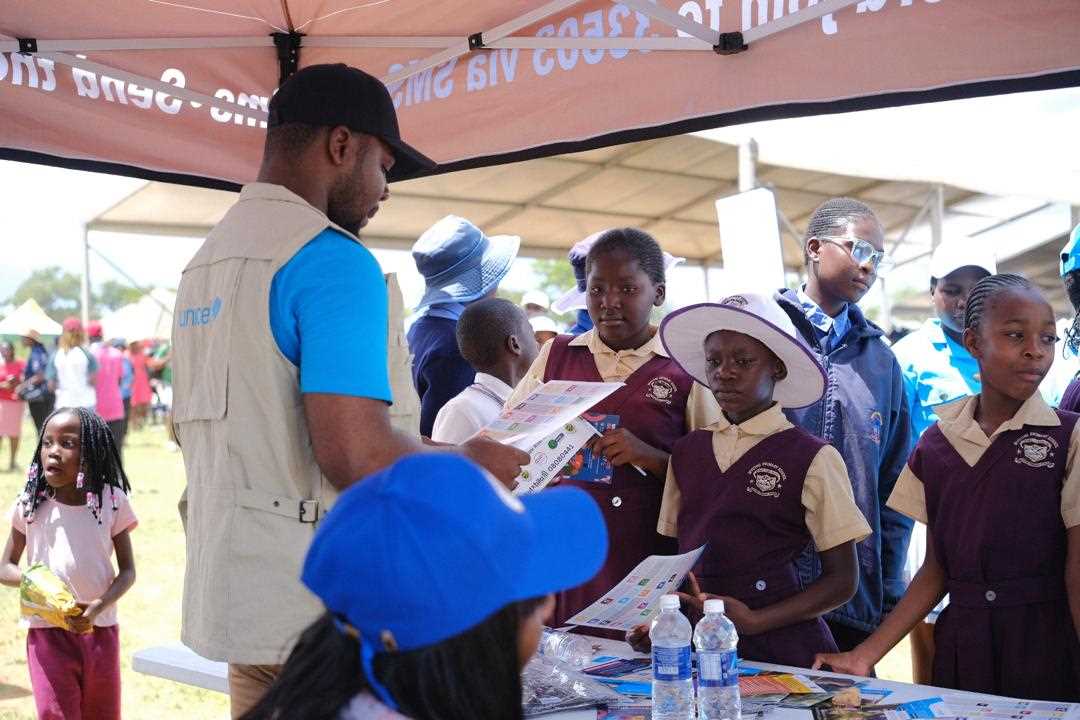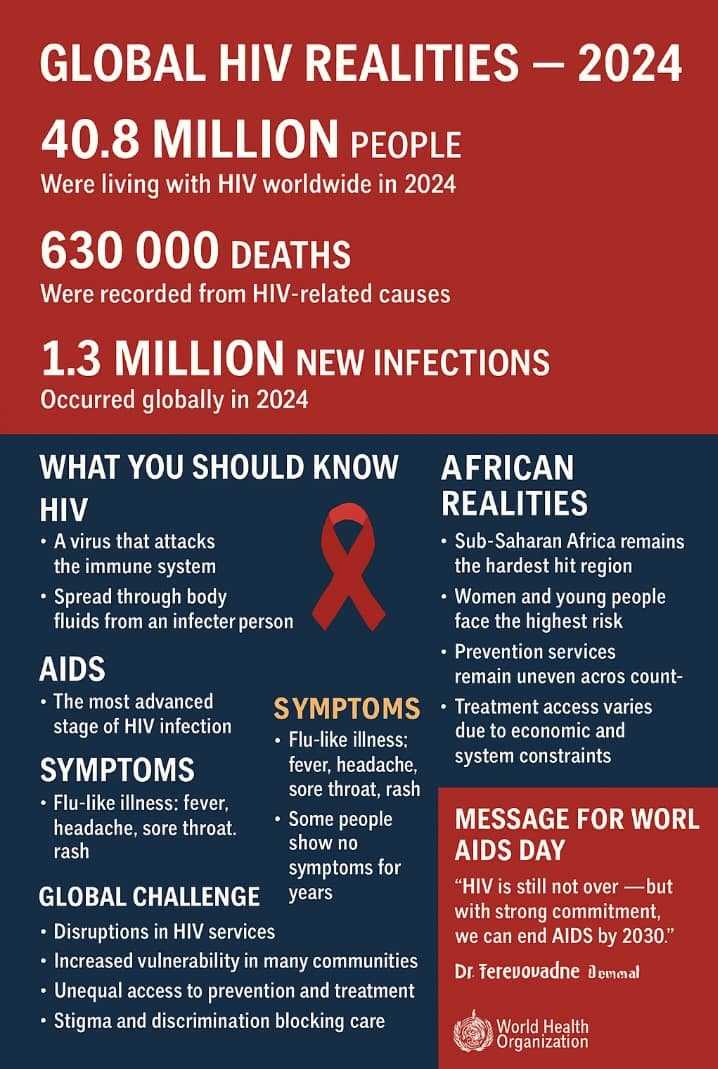
Global efforts to expand access to modern contraception have achieved striking results in recent years, yet these gains face a serious test as donor government funding shrinks.
According to the latest dataset from FP2030, 101 million more women in low- and lower-middle-income countries are using modern contraceptive methods in 2025 compared with 2012.
However, as major donors withdraw or cut back support, the risk of reversal is growing.
“Amid widespread reductions in bilateral development assistance… the hard-won gains of the last decade are on the line,” FP2030 states in its 2025 Impact Report.
At the heart of the problem is the termination of family-planning funding by USAID which alone accounted for 41 % of all donor government funding for family planning.
That withdrawal has triggered disruptions in supply chains, service delivery, and workforce capacity across multiple countries.
Disruptions are real: Across all FP2030 regions, partners report commodity shortages and stockouts, workforce reductions, program closures (especially those serving underserved populations), and disrupted supply chains. For example:
“In our region many programmes have already seen layoffs disrupting adolescent health services, contraceptive counselling… and urban health initiatives,” said Sumita Bannerjee, Managing Director of FP2030’s Asia-Pacific Hub.
“In Ghana… contraceptive shipments have been cancelled and there are no confirmed shipments for 2026 yet. Stock-outs are already happening,” warned Alain Damiba, Managing Director for FP2030’s North, West & Central Africa Hub.
“Key sources of family-planning data… are going dark,” said Jason Bremner, FP2030’s Senior Director of Data & Measurement.
Related Stories
Why data interruption matters: Reliable data underpins the ability of governments and donors to monitor contraceptive use, unmet need and service gaps. With major programmes such as the Demographic and Health Surveys Program facing cut-backs, the sector risks flying blind.
Zimbabwe offers an interesting case study — both for the progress made and the emerging challenges.
According to United Nations Population Fund Zimbabwe, the country’s modern contraceptive prevalence rate was 68 % in 2021, placing it among the highest in the region.
UNFPA further estimated that between 2018-2022 long-acting and reversible contraception uptake contributed to averting nearly 3.6 million unintended pregnancies, approximately 918,000 unsafe abortions and about 12,700 maternal deaths in Zimbabwe.
Under the 2022–2026 Family Planning Strategy, Zimbabwe has set targets such as reducing the unmet need for family planning among married couples from 10 % in 2021 to around 7 % by 2026, and reducing the adolescent fertility rate from 108 births per 1,000 in 2019 to 93 per 1,000 by 2026.
Furthermore, Zimbabwe’s FP2030 Commitment Form outlines the goal of increasing mCPR for all women from 48 % in 2021 to 54 % by 2030.
In light of global donor funding reductions, Zimbabwe announced a pledge of an additional US $2.25 million annually for contraceptive procurement in 2026 and 2027.
Since 2022, the government has reportedly procured US $6.3 million worth of contraceptives from domestic resources.
A complementary government-partner initiative with Sweden is also underway to boost family-planning services nationwide.
The global picture is clear: without renewed investments, both international and domestic, progress in family planning is at risk. FP2030 stresses the need for sustainable domestic financing and stronger national health systems.
"Funding cuts have exposed the fragility of the donor-dependent health systems. Sustainable domestic financing is key to the way forward.”




















Leave Comments